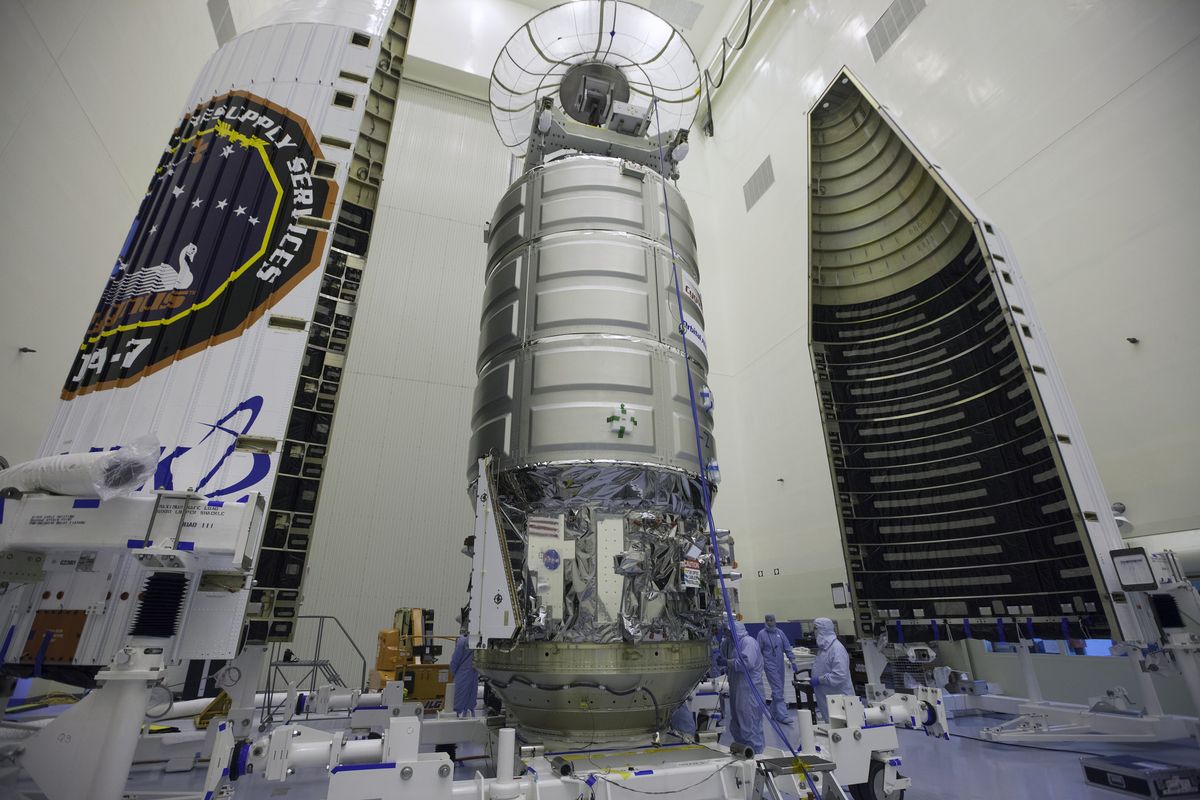Tornado Season And Trump's Budget Cuts: A Dangerous Combination

Table of Contents
Weakened National Weather Service (NWS): The Eyes in the Sky
The National Weather Service is the nation's primary source for tornado warnings and weather forecasts. Budget cuts have severely hampered its ability to provide accurate and timely information, creating a significant vulnerability during tornado season. These cuts directly impact several critical functions:
-
Reduced accuracy of tornado warnings: Budget constraints have led to underfunding of radar maintenance and upgrades. Outdated or poorly maintained radar systems result in less accurate detection and tracking of tornadoes, leading to potentially delayed or inaccurate warnings. This impacts the lead time communities have to prepare and take shelter.
-
Delayed warning dissemination: Staffing levels at the NWS have been reduced due to budget cuts. Fewer personnel means slower processing of weather data and potentially slower dissemination of warnings to affected areas. Every minute counts during a tornado, and delays can be catastrophic.
-
Fewer personnel for data analysis and prediction: The ability to analyze weather data and predict tornado formation relies heavily on skilled personnel. Budget cuts have reduced the number of meteorologists and technicians available for this crucial work, impacting the accuracy and timeliness of tornado predictions.
-
Impact on long-term forecasting and climate modeling for tornado prediction: Understanding long-term trends in tornado activity is crucial for improving preparedness. Budget cuts to research and development initiatives limit the NWS's ability to enhance its prediction models and improve its understanding of the factors contributing to severe weather events. Accurate forecasts rely on robust, continuous research.
Impact on Emergency Management and Disaster Relief
The consequences of budget cuts extend beyond the NWS. FEMA and state/local emergency management agencies, responsible for disaster relief and response, are also significantly affected:
-
Reduced funding for disaster preparedness training: Training exercises and preparedness programs are crucial for effective response. Budget cuts limit the frequency and quality of this training, leaving emergency responders less prepared to handle the challenges of a major tornado outbreak.
-
Fewer resources for search and rescue operations: Budget cuts impact the availability of essential equipment, personnel, and resources for search and rescue operations following a tornado. This delay in effective rescue efforts can lead to increased casualties and property damage.
-
Limited availability of emergency shelters and supplies: Funding cuts affect the maintenance and readiness of emergency shelters and the stockpiling of essential supplies, such as food, water, and medical equipment. This leaves vulnerable communities less protected during and after a tornado.
-
Delays in disaster aid distribution: The timely distribution of aid is crucial in the aftermath of a disaster. Budget cuts can lead to delays in the provision of assistance to those affected, exacerbating their hardship and recovery process.
The Human Cost: Increased Vulnerability and Fatalities
The combination of severe weather and reduced preparedness has a devastating human cost:
-
Higher mortality rates during tornadoes: Delayed or inaccurate warnings, combined with inadequate emergency response, inevitably lead to higher casualty rates. This is particularly true for vulnerable populations such as the elderly, disabled, and low-income communities.
-
Greater economic losses from uninsured damages: The financial burden of tornado damage falls disproportionately on individuals and communities with limited insurance coverage. Reduced preparedness and delayed response increase the scale of these losses.
-
Increased strain on already overburdened communities: The impact of tornadoes is often most keenly felt by already stressed communities. Inadequate resources exacerbate the challenges of recovery and rebuilding.
-
Long-term psychological impact on survivors: The trauma of surviving a tornado, coupled with the challenges of recovery, can have long-lasting psychological effects on individuals and communities.
Alternative Solutions and Policy Recommendations
Addressing the increased vulnerability during tornado season requires a multi-faceted approach:
-
Increased investment in early warning systems: Upgrading weather radar technology, investing in improved data analysis capabilities, and expanding warning dissemination networks are crucial for enhancing early warnings.
-
Enhanced community preparedness programs: Investing in community-based preparedness programs, including education and training, can help communities better prepare for and respond to tornadoes.
-
Public awareness campaigns on tornado safety: Public education campaigns can empower individuals and families to take protective measures during tornado warnings.
-
Explore alternative funding sources for disaster relief: Exploring creative funding mechanisms and public-private partnerships can help alleviate the financial strain on emergency management agencies.
The Urgency of Action: Addressing the Dangers of Tornado Season and Budget Cuts
The evidence is clear: budget cuts directly exacerbate the dangers of tornado season, leading to increased vulnerabilities and a potential for devastating loss of life. We must demand increased funding for the NWS, FEMA, and state/local emergency management agencies. Proactive measures, including enhanced early warning systems, robust community preparedness programs, and increased public awareness, are crucial for mitigating the risks posed by severe weather. Contact your representatives today and advocate for increased funding for disaster preparedness. The dangerous combination of tornado season and inadequate resources demands immediate action. Let's ensure our communities are adequately protected during this critical time.

Featured Posts
-
 Trumps Trade Policy And The Federal Reserve How They Are Fueling Bitcoins Btc Growth
Apr 24, 2025
Trumps Trade Policy And The Federal Reserve How They Are Fueling Bitcoins Btc Growth
Apr 24, 2025 -
 Chinese Buyout Firms Potential Sale Of Utac Market Implications
Apr 24, 2025
Chinese Buyout Firms Potential Sale Of Utac Market Implications
Apr 24, 2025 -
 Chainalysis And Alterya Merger Implications For The Blockchain Industry
Apr 24, 2025
Chainalysis And Alterya Merger Implications For The Blockchain Industry
Apr 24, 2025 -
 Strategic Partnership Saudi Arabia India To Establish Major Oil Refining Capacity
Apr 24, 2025
Strategic Partnership Saudi Arabia India To Establish Major Oil Refining Capacity
Apr 24, 2025 -
 Blue Origin Cancels Launch Vehicle Subsystem Issue Delays Mission
Apr 24, 2025
Blue Origin Cancels Launch Vehicle Subsystem Issue Delays Mission
Apr 24, 2025
